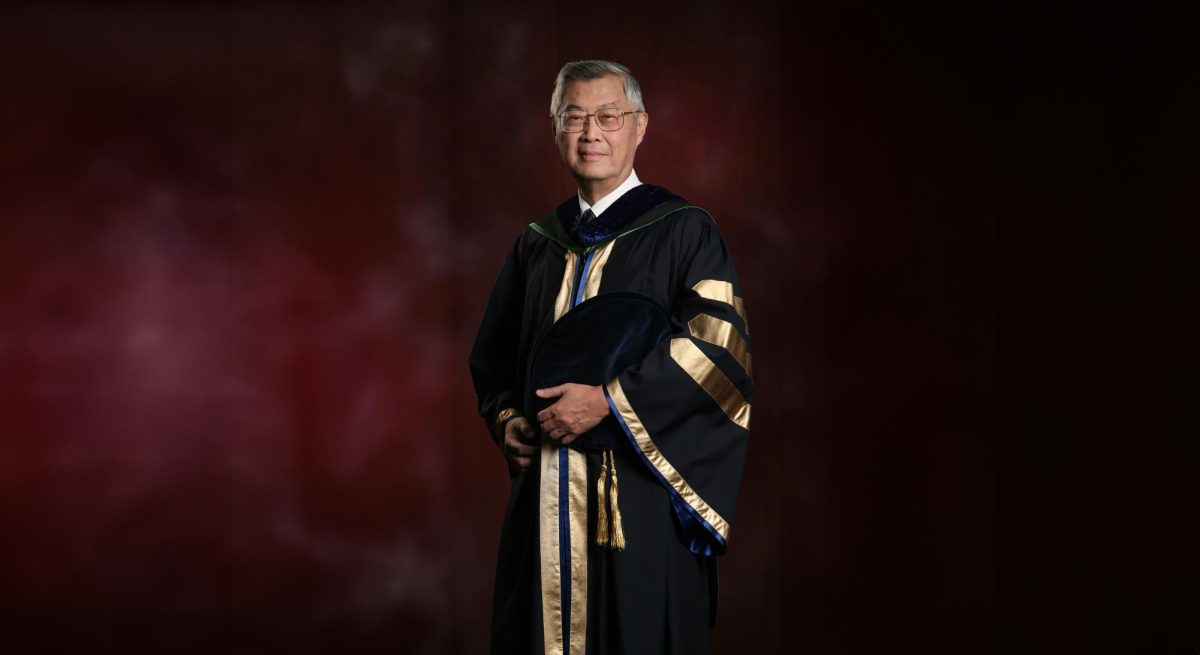On any given day, a casual stroll across campus might include seeing friends sunning on the quad, chatting with student club members in Malcolm X Plaza or making a quick pitstop at the convenient store for a snack before class. As of last week, it also might include being dragged behind a bush at knifepoint.
We come to SF State to improve our education, to make new friends and above all else to feel protected for our future.
Last week’s late night attack on a student as she walked on the pathway between Burk Hall and the Student Health Center sent a very clear message to the rest of the student body. Our safety is not guaranteed.
For most of us, it is difficult to relate to the incident that was detailed so vividly in an email that appeared the next day.
“The suspect pressed an unknown sharp object against the victim’s side, lifted her shirt, and roughly grabbed her breasts and groin area for over a minute,” the memo read. “The victim began to cry and the suspect told her to ‘shut up.’”
Further reading of the email revealed that the suspect had been seen sitting visibly in front of the Cesar Chavez Student Center just before the incident.
Yet nobody seemed to think it was out of the ordinary for a person to be sitting alone in the dark on campus in the late hours of Wednesday night.
Where were the campus police? Perhaps in their patrol, they didn’t notice the individual lurking there in the shadows, long after the restaurants had closed and the student center had locked its doors.
Regardless, a student was attacked on the very grounds we walk upon daily, and we are left questioning how can we prepare ourselves if it happens again. And rest assured, it will.
In October of last year, The U.S. Department of Education unveiled final safety law regulations attached to the Campus Sexual Violence Elimination Act, also known as SaVE, an amendment to the 1990 campus safety law the Clery Act, which requires colleges to track and accurately disclose the number of dating violence, domestic violence and stalking reports they receive each year.
These annual crime reports will, in theory, generate increased funding for those schools who need heightened levels of security or educational initiatives involving prevention and defense, but these reports are only based on reported incidents.
Those who do not feel comfortable disclosing their attack can confide in SF State counselors without having to file an official report.
The Sexual Abuse-Free Environment, or SAFE Place, at SF State is a resource center for sexual violence prevention and crisis intervention, but as a provider for anonymous discussion and reporting of hate crimes, The SAFE Place is not held under the same requirements that SaVE Act demands.
This could mean inaccurate reporting of actual hate crime-affiliated accounts, which in turn could mean little or no assistance from federal or state funding and in effect sends a wrong message to the powers that be–we’re perfectly safe, no problems to report.
But the reality is we are not safe. And last week’s attack is evidence of that.
If SF State’s primary concern is the safety of its campus community members, as is listed on its website, then there should be no question that we are in immediate need of a revised plan of action regarding security on campus.
Yes, there are risk-reduction measures offered in the recent email that can be implemented now, and the University Police Department and Campus Alliance for a Risk-free Environment are prepared to assist those with concerns, but ultimately we are responsible for our own safety.
As we walk the pathways of SF State, waving to peers in passing, sipping from our lattes and hoping the impending quiz goes smoothly, in the back of our minds will remain that looming fear that an unassuming attacker might be waiting around that next corner.








Tom Sandoval • Feb 17, 2015 at 6:02 pm
Are you seriously arguing that I should be paranoid about an impending assault every time I set foot on campus, because somebody was groped walking by themselves in a dark area late at night? Walking by yourself at night increases the likelihood of assault just about everywhere. If you wanted to make a point about campus safety, maybe show statistics that prove SFSU has more campus assaults than the national average, or talk about a potential trend of increased assaults on campus. “The staff” did neither unsurprisingly. Not sure how these scare tactics help anybody, and they serve to make this article seem pretty absurd.